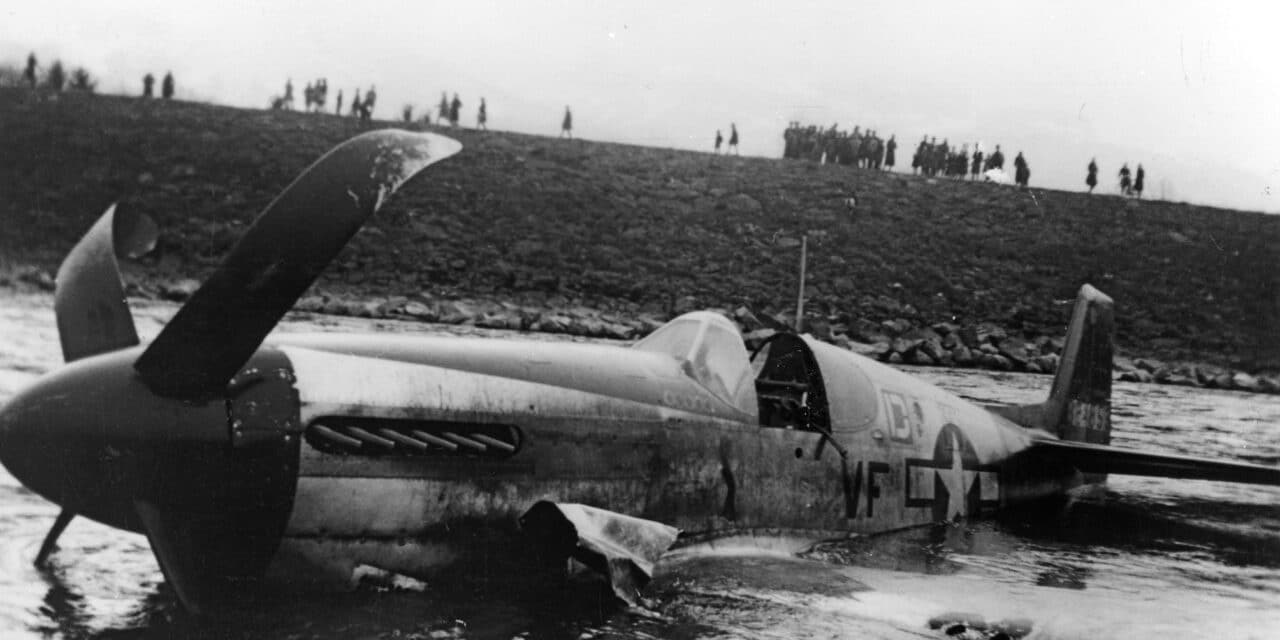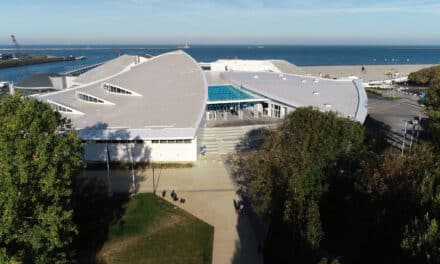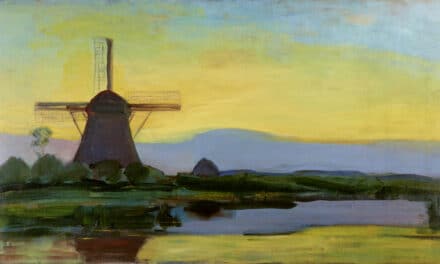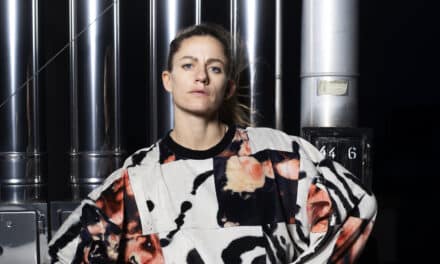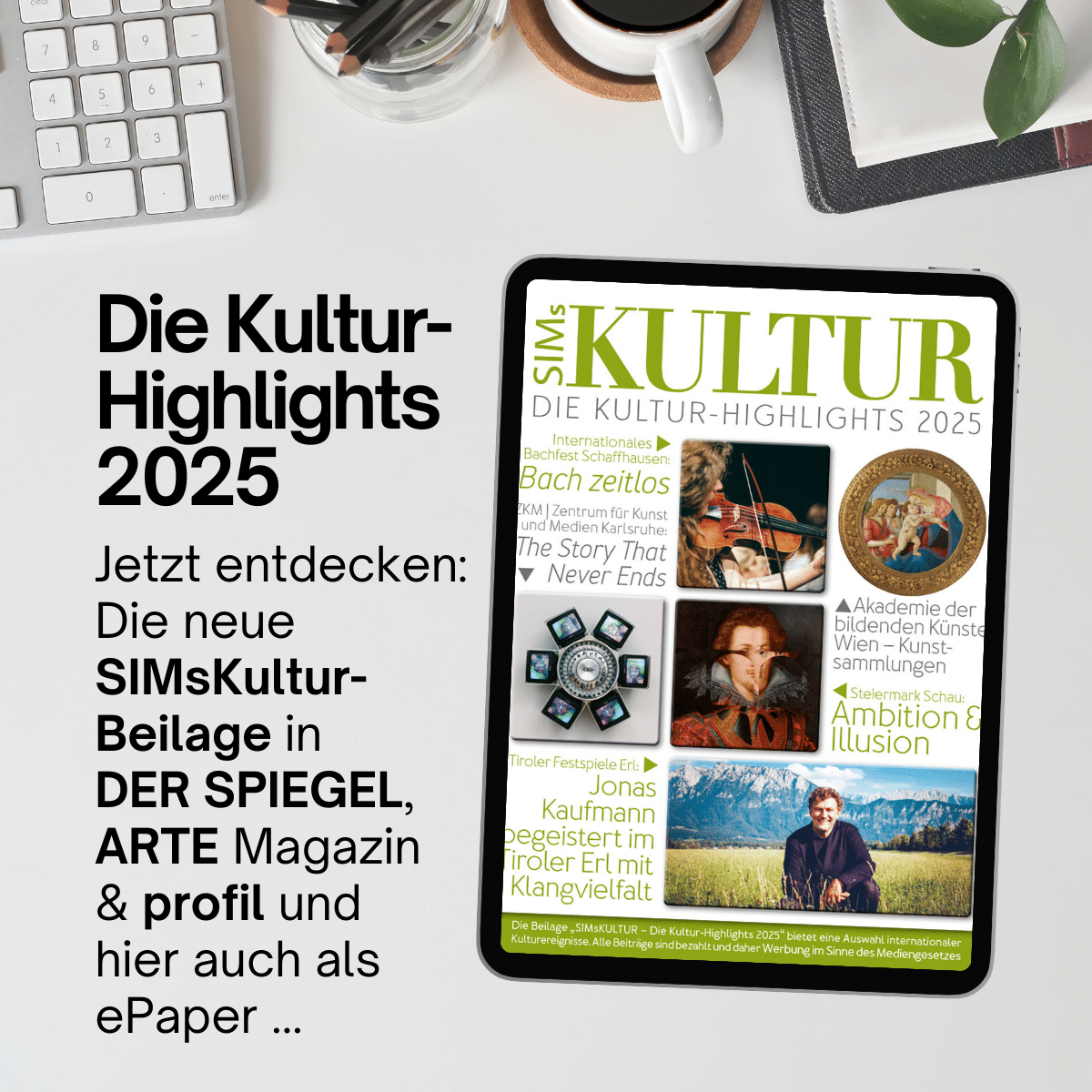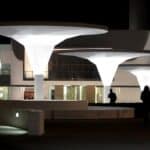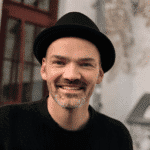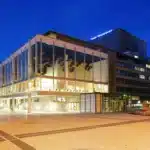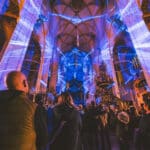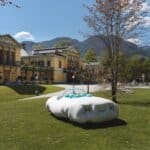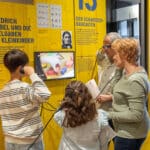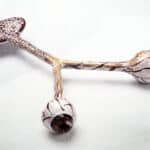For the first time, three museums from Liechtenstein, Austria and Switzerland are coming together for a cross-border commemorative project. The main project partners are the Museum Prestegg in Altstätten SG, the Jewish Museum Hohenems and the Liechtenstein National Museum.
Under the joint title "Remembering together in the Rhine Valley", the focus is on three thematically linked exhibitions in Altstätten and Vaduz. Each exhibition is dedicated to a specific aspect of the years 1938 to 1945 and illuminates the regional events and personal fates from different perspectives. Together, they open up a multi-layered picture of the past and invite visitors to reflect on it critically.
What does the Second World War have to do with us today? Much more than we might think! In our project "Remembering together in the Rhine Valley", we look back at the period from 1938 to 1945 - an era full of challenges, fates and turning points that also shaped our region.
The project is more than just three exhibitions. It is an invitation to remember and to look forward together. In the Rhine Valley, in Liechtenstein and beyond, a transnational culture of remembrance is being created that transcends borders and strengthens the community.
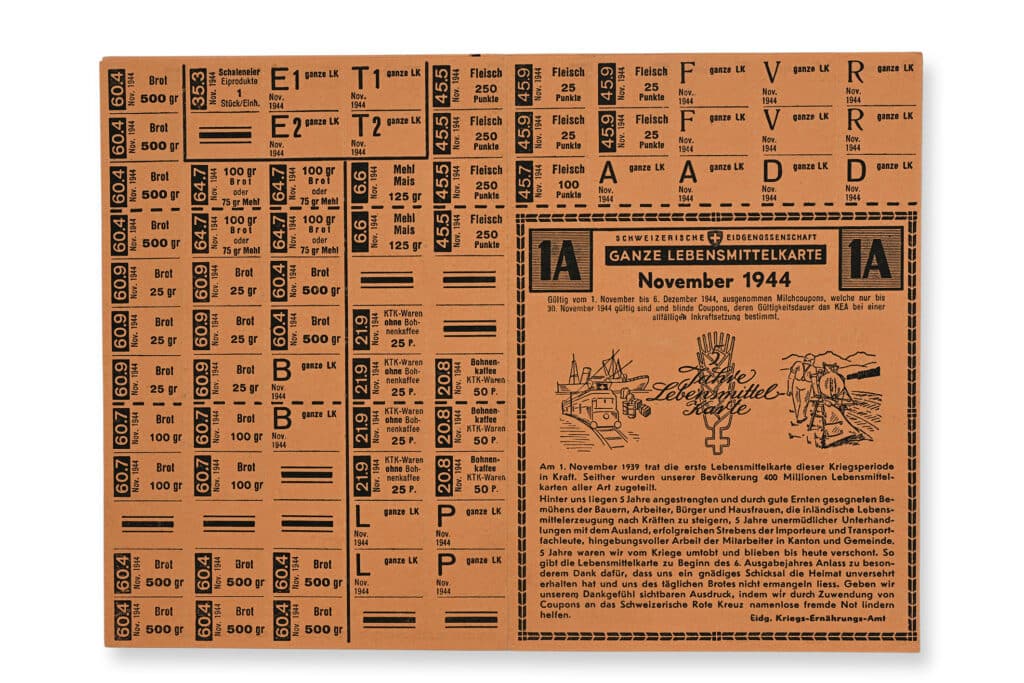
Food stamp November 1945 © Liechtensteinisches Landesmuseum, Photo: Sven Beham
A look into the past that moves us today
What did the war mean for the people of the Rhine Valley? What did their everyday lives look like? And what happened on the border with Switzerland, where people fleeing the horrors of the Nazis hoped to find hope? These and many other questions are the focus of three exciting exhibitions.
Understanding the past
In a world characterized by conflict, flight and social tensions, one thing must not be forgotten: History. The project "Remembering together in the Rhine Valley" shows how close the events of 1938 to 1945 still are today. The stories from the Rhine Valley are not just regional history - they are a reflection of global challenges.
The Rhine Valley was by no means isolated, but was part of the drama of the Second World War. By making the fates of local people visible again, it is possible to understand how the "big story" of that time affected the personal environment of the people in the Rhine Valley and in some cases still does today.
A unifying culture of remembrance
With this international cooperation, we want to create a unifying culture of remembrance that takes up regional perspectives and places them in a global context. A joint examination of the past promotes an understanding of historical contexts and lays the foundation for peaceful coexistence in the future.
A project for the future
The project shows: History is alive and more important than ever. Together we can discover regional history and use it to develop global perspectives for a more peaceful world. 80 years after the Second World War, it is not only time to remember, but also to draw inspiration for our future actions.
In a time that continues to be characterized by conflict and social polarization, the exhibitions show how important it is to learn from history. The personal dimension of the fates on display invites us to understand the past, reflect on the present and take responsibility for the future. With an innovative approach that combines historical reappraisal and modern educational communication, the exhibition is aimed particularly at young people. Interactive learning modules and personal life stories promote critical thinking and historical awareness.
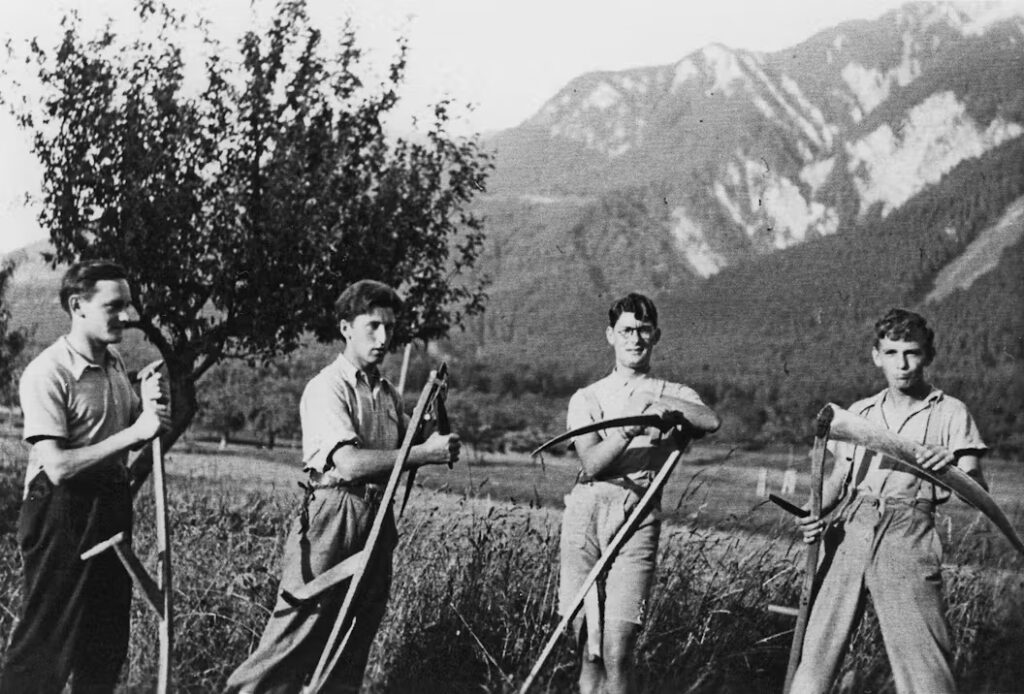
Working the land: young men mowing, from left: Jakob Wachter, Hans Walser, Hugo Gassner (later teacher and municipal archivist in Schaan, died 2009), Anton Wachter. Photo: Hans Walser, Schaan Copyright: Liechtenstein National Archives / Vaduz Source: Liechtenstein National Archives / Vaduz
For humanity, tolerance and solidarity
In times of growing mistrust, polarization and new crises, this joint project reminds us of what really matters: Cohesion, empathy and respect. By reviving regional stories, it creates a link between yesterday and today - especially for the younger generation.
Now is the time to remember - and to act!
www.gemeinsam-erinnern.ch
Special exhibition at the Liechtenstein National Museum:
Close to the War. Liechtenstein from 1939 to 1945
During the six years of the Second World War, the Principality of Liechtenstein was in constant danger. The small country with its 11,000 inhabitants lay defencelessly neutral between the belligerent Reich and armed neutral Switzerland. It could lean on the Swiss Confederation. The Reich threatened annexation. Local Nazi supporters strove for this, dividing society. Life was difficult, the future uncertain, survival uncertain, fear constant. The murderous war ended in Europe on May 8, 1945, and in the Far East on September 2. Liechtenstein had escaped. 80 years ago. The exhibition shows how people lived through the war here, at the beginning, in the phases of the war with dangers for Liechtenstein, in the external balance, in the patriotic struggle, in coping with everyday life. Also how refugees were treated, who went to the front, what works of art of the time say, how the transition to peace was experienced and how people now look back on the war period.
May 9, 2025 to November 11, 2026
www.landesmuseum.li

